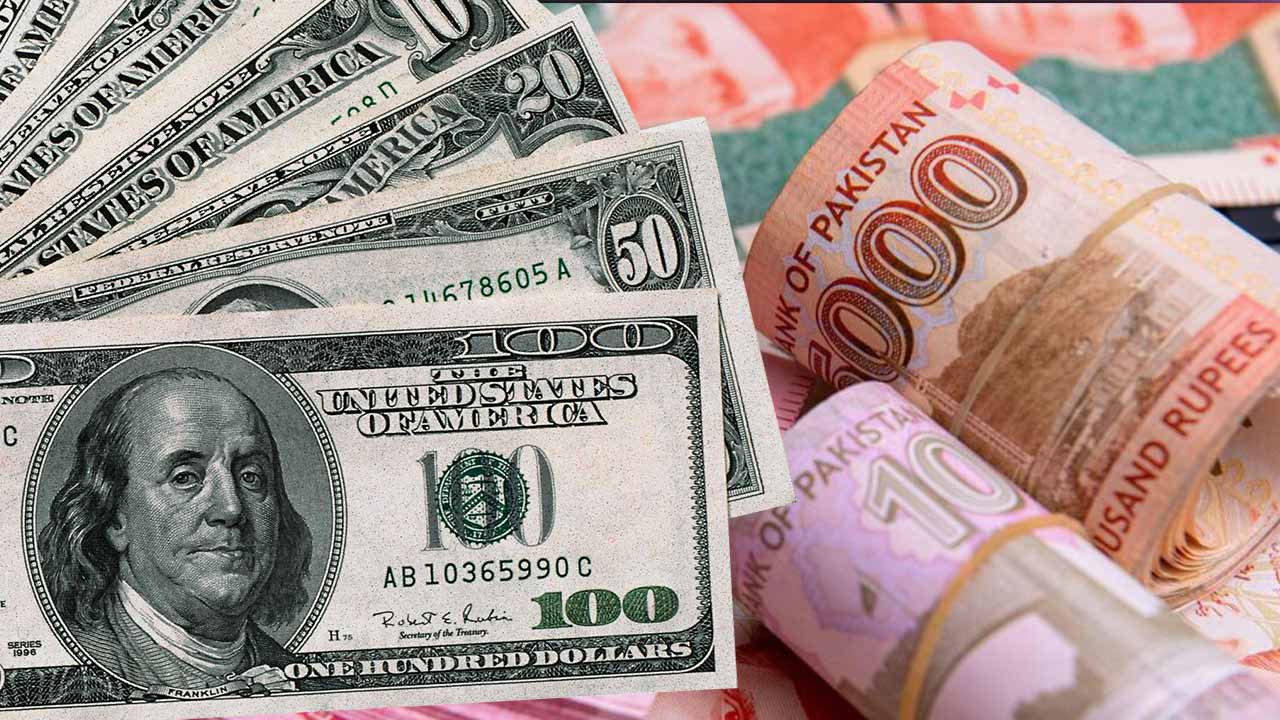Dollar Price

In the labyrinth of global economics, few entities possess the mystique and influence of the United States dollar. Revered, debated, and scrutinized, the dollar’s price serves as a compass for financial markets worldwide. But what are the forces that steer the greenback’s value, and why does it fluctuate with such unpredictability?
The dollar’s price is not a solitary phenomenon; it’s a symphony composed of various economic, political, and psychological factors. At the heart of its value lies the fundamental principle of supply and demand. As the world’s primary reserve currency, the dollar’s demand is insatiable, driven by its use in international trade, investment, and as a store of value. Conversely, its supply is regulated by the Federal Reserve’s monetary policies, including interest rates, quantitative easing measures, and market interventions.
Unraveling the Enigma of Dollar Prices
Central banks wield significant influence over the dollar’s price through their reserve management strategies. Accumulating or divesting dollar reserves can cause ripples in the currency markets, amplifying or mitigating its fluctuations. Geopolitical events and economic indicators also play pivotal roles. Trade tensions, political instability, and economic data releases can trigger sharp movements in the dollar’s value as investors recalibrate their risk appetites and asset allocations.
Moreover, the dollar’s intrinsic qualities, such as its perceived stability and liquidity, underpin its status as the world’s premier currency. Despite periodic challenges to its supremacy, including the rise of digital currencies and calls for a multipolar reserve system, the dollar maintains a stranglehold on global finance.
Psychological factors further embellish the dollar’s mystique. Market sentiment, investor confidence, and speculative activities can fuel frenzied buying or selling, leading to exaggerated price swings detached from underlying economic fundamentals. The fear of missing out (FOMO) or the fear of loss (FOL) can drive herd behavior, exacerbating volatility and amplifying the dollar’s gyrations.
Factors Influencing the Greenback’s Value
In recent years, unconventional monetary policies, such as quantitative easing, have injected additional complexity into the dollar’s price dynamics. While intended to stimulate economic growth and ward off deflationary pressures, these measures can distort financial markets, leading to asset bubbles and currency debasement fears.
Furthermore, the dollar’s price is intricately intertwined with other major currencies, forming a complex web of exchange rate relationships. Fluctuations in the euro, yen, pound sterling, and renminbi can influence the dollar’s trajectory, reflecting interconnectedness in the global economy.
Looking ahead, the dollar’s price will continue to captivate economists, policymakers, and investors alike. Structural shifts, technological advancements, and geopolitical realignments will shape its evolution, presenting both challenges and opportunities for market participants.
Conclusion
The dollar’s price is a multifaceted phenomenon, driven by an interplay of economic, political, and psychological forces. Understanding its intricacies requires a holistic perspective that transcends conventional wisdom and embraces the complexities of the modern financial landscape. As the greenback’s saga unfolds, one thing remains certain: its enigmatic allure will endure, captivating generations of market participants for years to come.





